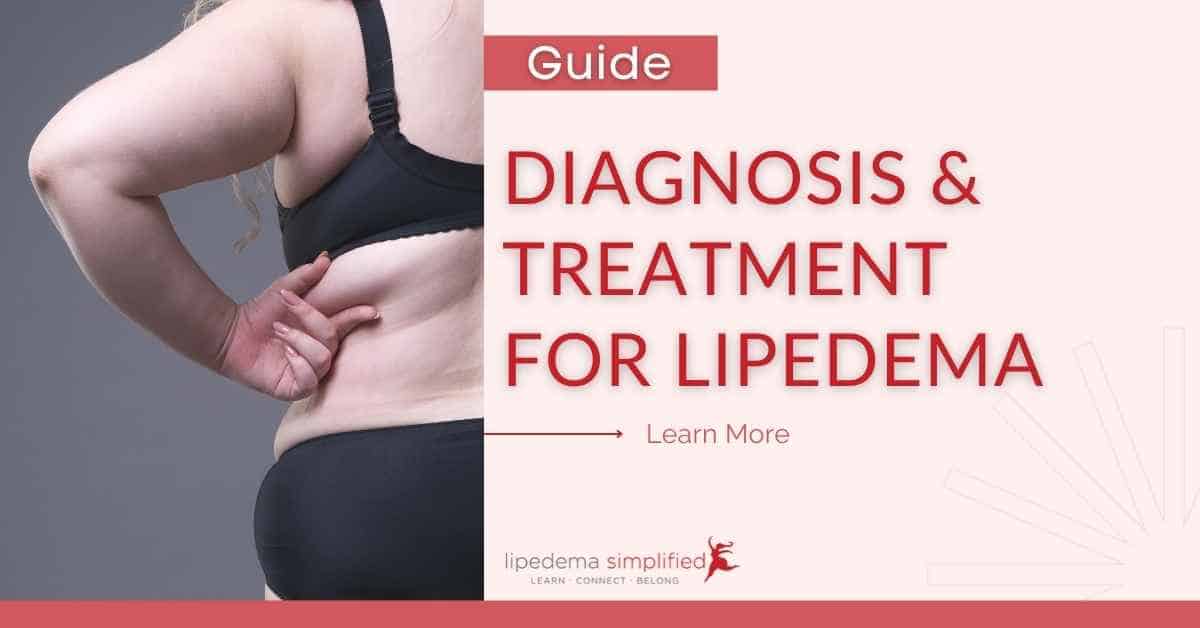
Today, I would like to tell you about a review article that was done by a group in Germany entitled “Lipedema Pathogenesis, Diagnosis and Treatment Options.” It was published in a German International Medical Journal called Deutsches Ärzteblatt International in May 2020. The lead author is Dr. Philipp Kruppa.
This review article provides a guide to the diagnosis and treatment of lipedema using an interdisciplinary setting. It reviewed articles up to February 2020.
Pathogenesis
The origination of lipedema still remains unclear. It may be a genetic predisposition to abnormal fat tissue growth or it may start as a predisposition to a pathology of the blood and lymphatic vessels. At the time this article was published in May 2020, there was no specific biomarker yet available. Although now we’ve since heard about Platelet Factor 4 (PF4). See a discussion of PF4 in this previous blog post.
Diagnosis
Lipedema is diagnosed clinically, meaning your doctor will perform a physical examination and discuss your medical and family history, and then is able to arrive at a diagnosis of lipedema. Hypersensitivity and pain, disproportionate lower body fat, easy bruising, grainy or fat nodules are some of the key features that help diagnose lipedema.
Treatment
It’s estimated that the prevalence of lipedema in the overall female population is about 11%. It remains unclear what percentage of the affected women need to be treated, making it difficult to calculate the costs of treatment for lipedema.
Moreover, treatment is directed towards managing symptoms rather than providing a cure. The most common treatment is complete decongestive therapy, which involves manual lymph drainage, skincare, compression therapy, and exercise. Conservative treatment can really lessen the feeling of pain and tissue pressure. It can also reduce the tendency to bruise and perhaps slow the progression of the disease.
The authors state that If conservative treatment is unsuccessful, lymph-sparing liposuction can be considered as a means of permanently reducing excess fat mass. Unfortunately, the available research on the long-term effects of liposuction for lipedema is not very robust.
Takeaways
This is important research as it helps us understand how lipedema can affect all areas of women’s lives, and how we must do more to prevent weight bias with healthcare providers and in society in general.
It’s uplifting to know that studies about lipedema are consistently increasing throughout the world. It’s proof that there’s always more to learn about what we can do for its treatment and management.
~ Leslyn Keith, OTD, CLT-LANA
Board President, Director of Research | The Lipedema Project
